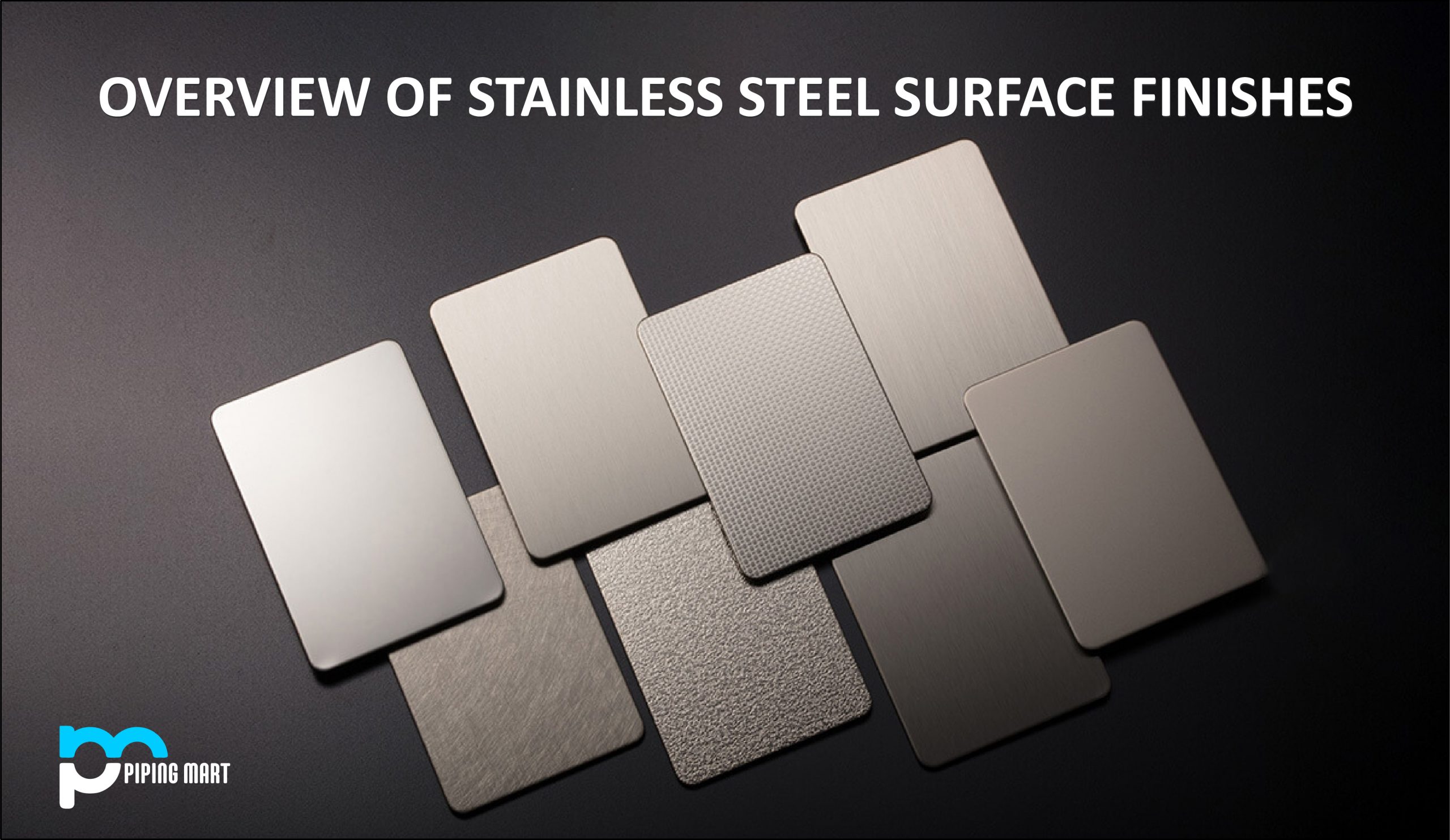The bolt is a significant component in current manufacturing and has a wide variety of uses in industrial and mechanical products. Bolts are used in applications from airliners to landscaping tools. Bolts represent a moderately complex blend of mechanical and design features that allow them to work correctly. Bolts are from the family of threaded fasteners and are matched with a threaded nut to connect two or more components. Bolts are divided into various types depending upon their different strengths, finishes, head shapes, and materials. Here are the types of bolts and their usage.
Anchor bolts
Anchor Bolts has a threaded port in one end and L shaped non-threaded port at another. They are used with a washer and a nut. These bolts are suitable for structural beams, light poles and connect equipment to concrete.
Carriage bolts
These are fully threaded bolts with a flat head and a square undercut, which protect the bolt from turning when squeezed. They are utilized to fasten metal with wood.
Elevator bolts
This bolt has a thin flat or countersunk head and a square undercut. They are perfect to use in elevators and conveyor systems.
Eyebolts
These are rod-shaped fasteners that have one threaded end and one bent into a loop on the other end. Eyebolts are useful for lifting applications like wire and string in light rigging.
Flange bolts
These bolts are also referred to as frame bolts. They use a washer on the bottom of a hex head, which helps distribute the force from the bearing load. These bolts are utilized for frame applications like bed and truck frames.
Hanger bolts
Both ends of the hanger bolt are threaded, and one of the ends has a wood screw shape. They are perfect for overhead purposes and attaching metal to wood.
Hex bolts
Hex bolts come with fully or partially threaded type and have six-sided heads. Hex bolts are suitable for construction purposes, repair of bridges, highway elements, docks, and buildings.
J bolts
It has a shape like the letter J and has one non-curved section which is threaded. These bolts are suitable for structural applications like joining walls to concrete.
Lag bolts
These bolts can create its thread when it inserts the wood and other smooth material. They can connect heavy metals that are carrying high loads.
Machine bolts
Machine bolts are used to fastens wood to metal, wood to wood, and metal to metal. They are also suitable for general hardware use.
Plow bolts
Plow bolts are the same as carriage bolts, which are used in applications where the topmost surface of the bolt needs to be smooth.
Shoulder bolts
These bolts consist of an unthreaded, long, cylindrical shank that promotes connected moving components’ rotation. These bolts are used in moving engine parts, pulleys, mechanical assemblies, and rolling wheels.
Square head bolts
This bolt has a square head, smooth shank, and a machine screw thread. These bolts are suitable to use in all types of agricultural, industrial, and construction applications.
Step bolts
Shank of these bolts can be plain or textured with high strength. These bolts are used as steps for climbing on electrical transmission towers and steel communication.
Structural bolts
These bolts are similar to the standard bolts but have smaller thread lengths. They are perfect for all types of structural connections.
T-bolts
This bolt has a T shaped head which can be easily fixed in place and offers a long-lasting connection. These bolts are suitable to use in instruments, buildings, furniture, and automobiles.
Timber bolts
These bolts are sometimes referred to as mushroom head bolts. Timber bolts are used in marine applications, treated lumber, and wood construction.
Toggle bolts
Toggle bolts or butterfly anchor has full threaded shafts with a nut. They are used in hanging huge elements in drywall and plaster.
U-bolts
This bolt has a shape like the letter U. It is threaded on both ends and a non-threaded curved section. They are used to support pipework in which liquids and gases flow.

Pipingmart is B2B portal specializes in industrial, metal and piping products. Also, share latest information and news related to products, materials and different types grades to help business dealing in this industry.




